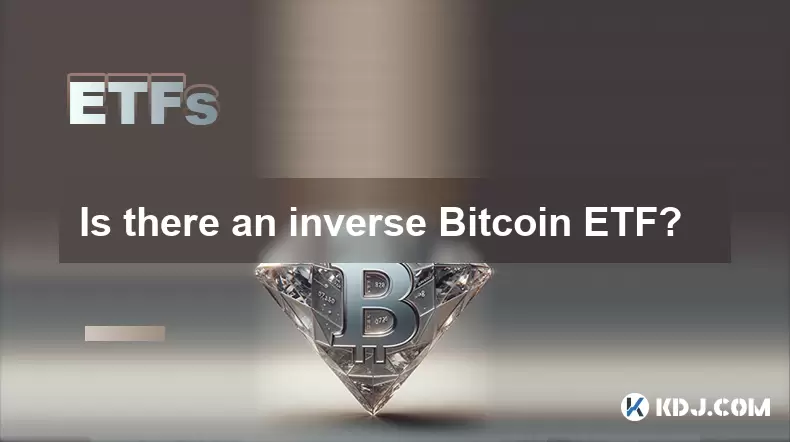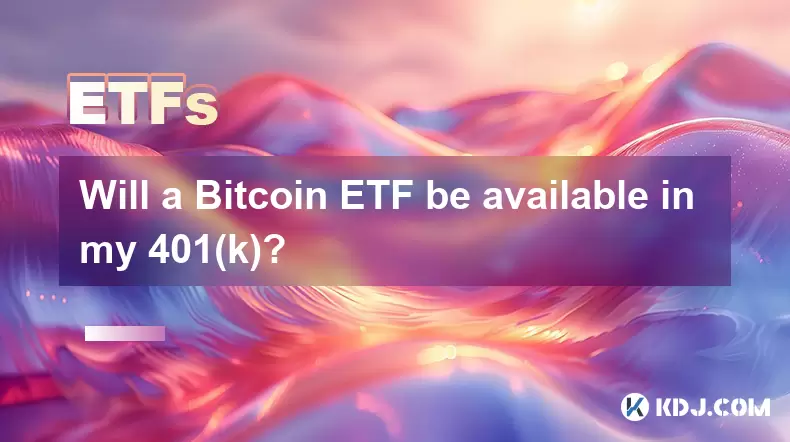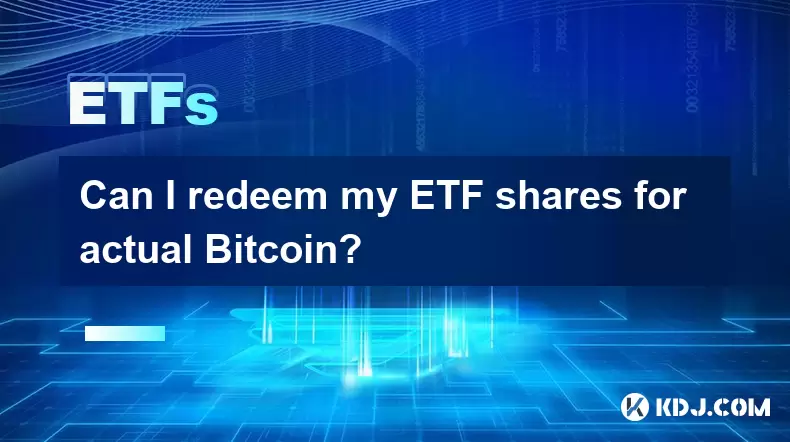-
 Bitcoin
Bitcoin $118,698.3676
0.16% -
 Ethereum
Ethereum $3,428.4877
5.97% -
 XRP
XRP $3.2496
9.52% -
 Tether USDt
Tether USDt $1.0002
0.00% -
 BNB
BNB $725.6930
4.36% -
 Solana
Solana $174.8923
4.52% -
 USDC
USDC $0.9997
-0.02% -
 Dogecoin
Dogecoin $0.2139
6.02% -
 TRON
TRON $0.3155
4.62% -
 Cardano
Cardano $0.8045
7.12% -
 Hyperliquid
Hyperliquid $46.6582
-1.72% -
 Stellar
Stellar $0.4676
0.80% -
 Sui
Sui $4.0143
0.38% -
 Chainlink
Chainlink $17.1546
2.97% -
 Hedera
Hedera $0.2458
3.27% -
 Bitcoin Cash
Bitcoin Cash $496.5967
-0.06% -
 Avalanche
Avalanche $22.8813
3.13% -
 Shiba Inu
Shiba Inu $0.0...01439
3.42% -
 UNUS SED LEO
UNUS SED LEO $8.8389
0.42% -
 Toncoin
Toncoin $3.2113
2.82% -
 Litecoin
Litecoin $101.2646
4.24% -
 Polkadot
Polkadot $4.2262
2.32% -
 Monero
Monero $340.4295
2.92% -
 Pepe
Pepe $0.0...01365
2.92% -
 Uniswap
Uniswap $8.9702
-2.78% -
 Bitget Token
Bitget Token $4.7675
2.00% -
 Dai
Dai $0.9998
-0.02% -
 Ethena USDe
Ethena USDe $1.0003
-0.04% -
 Aave
Aave $324.6394
-2.11% -
 Bittensor
Bittensor $433.6051
-0.88%
Is there an inverse Bitcoin ETF?
An inverse Bitcoin ETF aims to profit from declines in Bitcoin’s price using derivatives, but none are currently approved for U.S. exchanges due to regulatory concerns and market risks.
Jul 18, 2025 at 01:14 am

What is an Inverse Bitcoin ETF?
An inverse Bitcoin ETF refers to an exchange-traded fund that aims to deliver the opposite of Bitcoin's daily performance. This means if Bitcoin rises by 1% in a day, the inverse ETF would fall by approximately 1%, and vice versa. These financial instruments are designed for investors who want to profit from declines in Bitcoin's price without having to short sell or hold cryptocurrency directly.
Inverse ETFs typically use derivatives such as futures contracts or swaps to achieve their investment objective. They are commonly leveraged products, meaning they may amplify gains (or losses) beyond the initial investment. Due to this nature, these funds are generally more suitable for experienced traders rather than long-term investors.
Inverse Bitcoin ETFs are not traditional investments and carry significant risks due to their daily rebalancing mechanism.
Are There Any Inverse Bitcoin ETFs Available Today?
As of now, there are no inverse Bitcoin ETFs approved and trading on major U.S. exchanges like the NYSE or NASDAQ. While several companies have filed proposals with the SEC to launch such products, none have been granted approval. However, investors can access similar products through offshore markets or via futures-based inverse crypto ETPs (Exchange-Traded Products) listed on European or Asian exchanges.
For example, ProShares and other asset managers have launched inverse Bitcoin-linked products on alternative platforms. These are often structured as exchange-traded notes (ETNs) or ETPs rather than true ETFs. These products may come with additional credit risk since they are unsecured debt obligations of the issuing institution.
Although no inverse Bitcoin ETF exists on U.S. exchanges, similar instruments exist in other jurisdictions or under different structures.
How Do Inverse Bitcoin ETFs Work?
Inverse Bitcoin ETFs rely heavily on derivatives, particularly futures contracts and swaps, to mirror the inverse movement of Bitcoin’s price. These instruments reset daily, which means their performance is designed to reflect only one day’s movement in Bitcoin. Over longer periods, compounding effects can cause significant deviations from the actual price movement of Bitcoin.
The process involves:
- Using short positions in Bitcoin futures
- Entering into swap agreements that pay out based on the inverse performance
- Daily rebalancing of holdings to maintain the inverse exposure
Because of this daily reset feature, holding inverse ETFs over multiple days can lead to volatility decay, where the product's value diverges significantly from the underlying asset’s cumulative returns.
Inverse Bitcoin ETFs are complex instruments that require daily adjustments and are best suited for short-term tactical use.
Why Hasn’t the SEC Approved an Inverse Bitcoin ETF?
The U.S. Securities and Exchange Commission (SEC) has shown caution when it comes to approving both direct and inverse Bitcoin ETFs. The main concerns include:
- Market manipulation risks in the underlying Bitcoin market
- Lack of sufficient regulation in cryptocurrency exchanges
- Complexity and potential misuse of inverse and leveraged ETFs by retail investors
The SEC has historically expressed reservations about investor protection and systemic risk associated with leveraged and inverse ETFs. Given that Bitcoin itself is considered volatile and speculative, the regulator has been hesitant to approve products that could amplify those risks.
Additionally, many inverse Bitcoin ETF proposals have been withdrawn or delayed due to evolving regulatory guidance and market conditions.
Regulatory scrutiny remains a key barrier to the availability of inverse Bitcoin ETFs in the U.S.
Alternatives to Inverse Bitcoin ETFs
For investors seeking inverse exposure to Bitcoin, several alternatives exist even in the absence of a true inverse ETF:
- Bitcoin Futures Contracts: Traders can short Bitcoin futures listed on CME Group.
- Inverse Crypto ETPs: Available on platforms like the Swiss SIX Exchange or Deutsche Börse.
- Options Trading: Put options on Bitcoin allow investors to profit from price declines.
- Crypto Derivatives Platforms: Exchanges like Binance and Bybit offer leveraged tokens and perpetual contracts with inverse exposure.
Each of these alternatives carries its own set of risks and complexities. For example, futures contracts require margin maintenance and are subject to funding rates, while ETPs may have liquidity issues or tracking errors.
Investors can gain inverse exposure through derivatives and offshore products, though these come with unique risks and limitations.
Frequently Asked Questions
Q: Can I short Bitcoin using traditional brokerage accounts?
A: Yes, some brokers allow you to short Bitcoin futures or trade put options if you have access to derivatives markets.
Q: Are inverse Bitcoin ETFs safe for beginners?
A: No, these products are not recommended for inexperienced investors due to their complexity, volatility, and daily rebalancing effects.
Q: What happens if I hold an inverse Bitcoin ETF for more than a day?
A: Holding beyond a single day can lead to volatility decay, where the ETF’s performance diverges from the expected inverse movement of Bitcoin.
Q: How do inverse Bitcoin ETPs differ from ETFs?
A: Inverse Bitcoin ETPs are often structured as exchange-traded notes (ETNs) or unsecured debt instruments, which carry issuer credit risk unlike traditional ETFs.
Disclaimer:info@kdj.com
The information provided is not trading advice. kdj.com does not assume any responsibility for any investments made based on the information provided in this article. Cryptocurrencies are highly volatile and it is highly recommended that you invest with caution after thorough research!
If you believe that the content used on this website infringes your copyright, please contact us immediately (info@kdj.com) and we will delete it promptly.
- Bitcoin, MSTR & Saylor's Strategy: A Winning Trifecta?
- 2025-07-18 08:30:13
- Bitcoin Mortgages Down Under: A New Wave in Australian Homeownership?
- 2025-07-18 08:50:12
- Cryptocurrencies, Bitcoin, and the Next Wave: What's Coming?
- 2025-07-18 08:50:12
- Maharashtra Government Nurses Launch Indefinite Strike: A Healthcare Crisis?
- 2025-07-18 04:30:13
- Hilbert Group, Syntetika, and Tokenization: Bridging DeFi and Institutional Finance
- 2025-07-18 05:30:12
- Crypto Regulation in the US House: Decoding the CLARITY Act and What It Means for You
- 2025-07-18 04:30:13
Related knowledge

What is the best platform to trade Bitcoin ETFs?
Jul 17,2025 at 03:50pm
Understanding Bitcoin ETFs and Their Role in the MarketBitcoin Exchange-Traded Funds (ETFs) are investment vehicles that track the price of Bitcoin wi...

Will a Bitcoin ETF be available in my 401(k)?
Jul 17,2025 at 10:42pm
What is a Bitcoin ETF?A Bitcoin ETF (Exchange-Traded Fund) is an investment vehicle that tracks the price of Bitcoin without requiring investors to di...

Who is the authorized participant for a Bitcoin ETF?
Jul 18,2025 at 12:42am
Understanding the Role of Authorized Participants in Bitcoin ETFsIn the context of Bitcoin Exchange-Traded Funds (ETFs), an authorized participant (AP...

Can I redeem my ETF shares for actual Bitcoin?
Jul 17,2025 at 03:14pm
Understanding ETF Shares and Their Relation to BitcoinExchange-Traded Funds (ETFs) have become a popular investment vehicle for those looking to gain ...

Can retail investors buy Bitcoin ETFs?
Jul 17,2025 at 12:50pm
What is a Bitcoin ETF?A Bitcoin Exchange-Traded Fund (ETF) is an investment vehicle that tracks the price of Bitcoin and trades on traditional stock e...

Is there an inverse Bitcoin ETF?
Jul 18,2025 at 01:14am
What is an Inverse Bitcoin ETF?An inverse Bitcoin ETF refers to an exchange-traded fund that aims to deliver the opposite of Bitcoin's daily performan...

What is the best platform to trade Bitcoin ETFs?
Jul 17,2025 at 03:50pm
Understanding Bitcoin ETFs and Their Role in the MarketBitcoin Exchange-Traded Funds (ETFs) are investment vehicles that track the price of Bitcoin wi...

Will a Bitcoin ETF be available in my 401(k)?
Jul 17,2025 at 10:42pm
What is a Bitcoin ETF?A Bitcoin ETF (Exchange-Traded Fund) is an investment vehicle that tracks the price of Bitcoin without requiring investors to di...

Who is the authorized participant for a Bitcoin ETF?
Jul 18,2025 at 12:42am
Understanding the Role of Authorized Participants in Bitcoin ETFsIn the context of Bitcoin Exchange-Traded Funds (ETFs), an authorized participant (AP...

Can I redeem my ETF shares for actual Bitcoin?
Jul 17,2025 at 03:14pm
Understanding ETF Shares and Their Relation to BitcoinExchange-Traded Funds (ETFs) have become a popular investment vehicle for those looking to gain ...

Can retail investors buy Bitcoin ETFs?
Jul 17,2025 at 12:50pm
What is a Bitcoin ETF?A Bitcoin Exchange-Traded Fund (ETF) is an investment vehicle that tracks the price of Bitcoin and trades on traditional stock e...

Is there an inverse Bitcoin ETF?
Jul 18,2025 at 01:14am
What is an Inverse Bitcoin ETF?An inverse Bitcoin ETF refers to an exchange-traded fund that aims to deliver the opposite of Bitcoin's daily performan...
See all articles

























































































